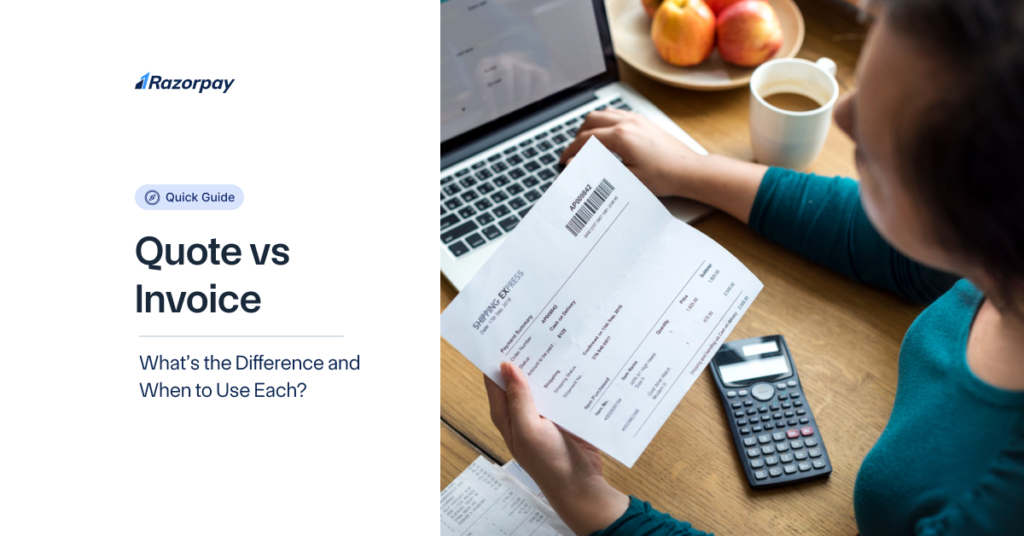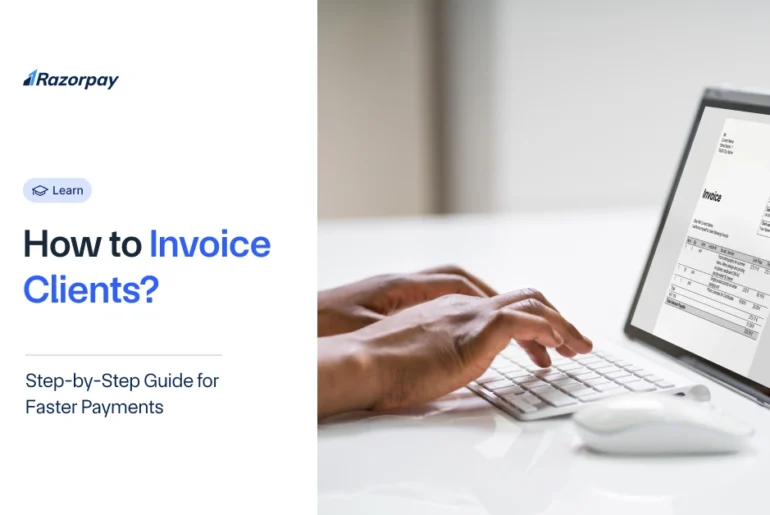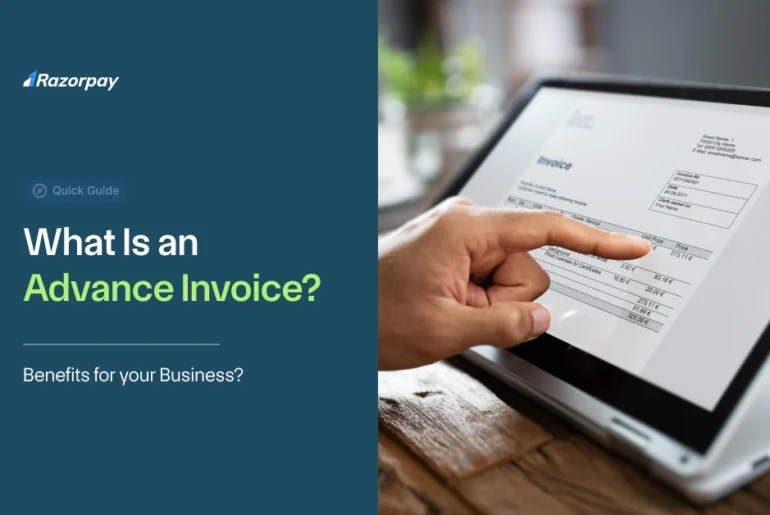Table of Contents
What Is a Quote?
A quote is a formal document that sellers provide to potential buyers. It sets out how much goods or services will cost before any deal is made. When you request a quote, you’ll receive details about what’s being offered, the exact price, and how long the offer stands. Your quote will include specific terms that explain what to expect from the transaction.
Quotes are generally not binding contracts until you formally accept them. They serve as a starting point for your business relationship. Quotes help you understand exactly what you’re paying for and prevent confusion later.
What Is an Invoice?
An invoice is a formal document that sellers send to you after delivering products or services. It asks you to make a payment for what you’ve received. An invoice will contain essential details like an invoice number, the total amount due, when you need to pay, and the payment methods you can use. The document serves as your record of the transaction and helps you track your expenses.
Unlike quotes, invoices are legally binding documents. Once you receive an invoice, you are obligated to pay according to the stated terms. Businesses must issue GST-compliant invoices that show all applicable taxes. These documents are crucial for your business accounting and serve as proof when claiming Input Tax Credit under GST laws.
Key Differences Between Quote vs Invoice
Aspect |
Quote |
Invoice |
|---|---|---|
|
Purpose |
Provides you with estimated costs before work begins. It helps you understand potential expenses and compare options. |
Request payment from you after work is completed. This is your formal bill for actual services rendered or products delivered. |
|
Timing |
Issued before the transaction starts, giving you time to decide if you want to proceed. |
Issued after goods/services are delivered, once your purchase is complete and payment is due. |
|
Content |
Includes detailed estimated costs, terms of service, validity period (often 30 days), and conditions you need to know. |
Includes actual costs you owe, applicable taxes (like GST in India), specific payment terms, and due dates for your payment. |
|
Legal Status |
Non-binding unless formally accepted by you. You can decline without obligation. |
Legally binding once issued to you, creating a formal requirement for payment according to the stated terms. |
When to Use a Quote vs an Invoice?
1. When to Use a Quote
Quotes work well when your customer needs to know the costs before making a decision. For example, if you run a construction company in India, you’ll provide quotes during bidding processes to help clients compare your prices with competitors. Quotes are also valuable when offering different service options or packages that your client can choose from. They give your customers the clarity they need before committing to a purchase.
2. When to Use an Invoice
Use invoices after you’ve delivered products or completed services for your customer. For example, if you operate an IT services firm, you’ll issue an invoice after completing a software implementation project for your client. Your invoice serves as formal documentation of the sale and becomes essential for your accounting records and tax filings.
Benefits of Managing Quotes and Invoices Effectively
1. Improved Cash Flow:
Clear quotes help set payment expectations, while professionally formatted invoices encourage prompt payments from your customers. This consistent cash flow allows you to better plan your business expenses and investments.
2. Enhanced Client Relationships:
When you provide accurate, detailed quotes, you establish trust from the beginning of your business relationship. Following up with clear, professional invoices shows your commitment to transparency and organisation.
3. Legal Compliance and Error Reduction:
Using GST-compliant invoices keeps your business in good standing with tax authorities and helps you avoid costly penalties. Proper documentation also reduces administrative errors that could damage your reputation or lead to payment disputes.
Best Practices for Managing Quotes and Invoices
1. Use Digital Tools:
Software solutions like Tally help you create professional documents quickly. Automated invoice processing systems can reduce manual effort, minimize errors, and speed up both invoice creation and payment collection.
2. Include All Mandatory Details:
Always ensure your quotes and invoices contain all required information. Your documents should clearly show your business details, client information, itemised descriptions, and pricing. Include your GST identification number and proper tax breakdowns.
3. Maintain Clear Records:
Keep organised records of all quotes and invoices you issue. Set up a system to track which quotes have been accepted and which invoices have been paid. This practice helps you follow up on outstanding payments and monitor which quotes are converting to sales. Regular monitoring of these documents improves your financial oversight.
4. Train Your Team:
Proper training ensures consistency in your business documentation and reduces costly mistakes. When your team follows standardised procedures, your customers receive professional service at every stage of the transaction.
5. Ensure Regulatory Compliance:
Stay updated on financial regulations that affect your documentation requirements. GST compliance is particularly important for invoices. Proper compliance not only helps you avoid penalties but also maintains your business reputation.
Conclusion
Understanding the difference between quotes and invoices is essential for business success. Quotes help negotiate sales terms before commitment, while invoices formalise payment requests after delivery. Both documents maintain financial clarity and legal compliance. Consider exploring digital tools to streamline your document management process and improve business operations.
Frequently Asked Questions (FAQs):
1. How long is a quote valid for?
Typically, quotes are valid for 30 days in India unless otherwise specified.
2. Can small businesses benefit from using quotes and invoices?
Yes, quotes help small businesses secure clients by providing clear cost estimates, while invoices ensure timely payments.
3. What tools can help automate quote and invoice processes?
Tools like Tally ERP 9 and QuickBooks can streamline these processes.
4. What is the purpose of a quote in business?
A quote provides potential clients with detailed cost estimates to help them make informed decisions.
5. When should I use a quote instead of an invoice?
Use a quote when negotiating costs before starting work; use an invoice after completing the work to request payment.



